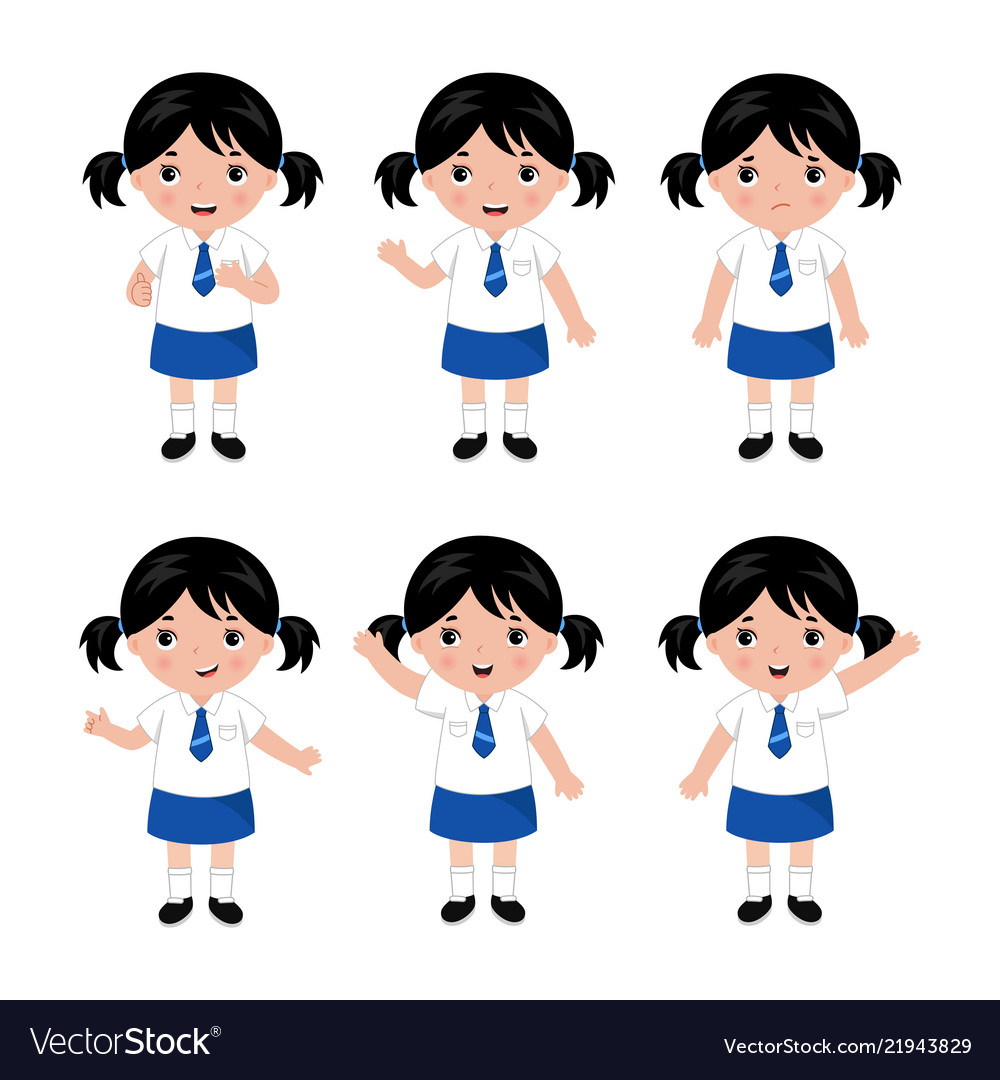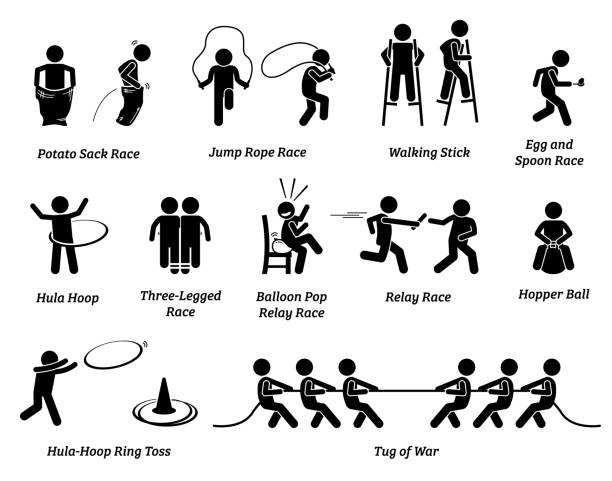Please read Part 1 before reading this post as it is continuation of that post.
After you submit your choices, you start waiting and hope that your preferred course calls you back. Now different courses have different ways of sieving applicants. In some courses, you need to take online tests, while others call you down for a mass screening. Others don’t have any tests, online or offline and straight up call you for interviews.
In our case, for GG, she was asked to go for a mass screening for one of her choices and for her other two choices, she had to complete a couple of online tests and interviews. BB went to one mass screening and the other just called him straight for an interview. In his case, his first two choices were from the same poly and he didn’t get called even for the mass screening for his second choice. I suspect (I may be wrong though) that the particular poly only called those for the mass screening those who indicated the first choice course from that poly. Why I say is because his friend had indicated the reverse choices (BB’s first choice was his second and vice versa) and he was also called for his first choice course mass screening only. Both boys have a similar profile and are CCA mates. Both courses are similar, but not same.
After going through the first round, you have some more waiting and then if you are successful, you get another email from the poly asking you to go down for an interview. Now interview is a generic catch-all term they use. The interview can be literally anything from an interview with a panel of interviewers, a group discussion or even a presentation. We went through all these with BB & GG. BB went for a panel interview where it was him with two other candidates and then another where around 20-25 applicants were in a room where they were asked to present in front of the whole room, including some lecturers, why they are the best fit for this course and why they should be selected. This was an extempore presentation and they weren’t told about it in advance. For GG, she went for group discussions where they had to discuss a case study and then for another course, they had to do some pre-work and then after a group discussion, they had to present the pre-work as a group. The selection stage is the longest stage with the timeline being around a month and a half, sometime from early July to late August.
Once this is over, then it’s waiting time. This period is frankly speaking quite nerve wrecking. On the date of the results of the EAE, which was sometime towards the end of August. On the day of the results, if you are successful, you get an email from the poly. Or, if you are like me and impatient to know the results, you log into the EAE portal and check the results. BB was the first one to know that he had gotten his dream course and in his excitement, when he called me, he was so excited, that for 30 seconds he could not speak. I was devasted in those 30 seconds as I thought he could not speak because he was rejected, but it was the other way round. GG was still in school and as soon as I could get in touch with her, I asked her to check. She had some issues with her internet and so I checked for her because I could not wait till she came home. And we got both good news that day.
You then get three days excluding the results day to accept your offer which is conditional. If you don’t accept it within this time frame, you are deemed to have rejected the offer. After you accept the offer, you still have time till sometime in early October to do a final rejection of the offer, which gives you slightly over a month to mull over your choice and decide if you still want to go to poly or take your chances with the joint admission exercise.
After this, you are deemed to have been conditionally accepted into the course you have been offered. Why conditional? Because you still need to sit for your O level exams. The blanket score for a poly admission is 26 points at the O level exams and this is the first condition to the offer. Every course has a minimum entry requirement which is the second condition to the offer. Each course requirements vary with some courses requiring a B3 or better for some subjects and some courses requiring passes or C6 and above for all the relevant subjects and some courses only needing a D7, which is essentially a failing grade for certain subjects. You will need to check with the specific course for this information.
Once you have accepted the offer, it does not mean that you rest on your laurels. You still have your O level exams to get through. I would say that study as hard as you would if you didn’t get the offer. This is because you would not want to be too far away from your course mates in terms of the score. This may also hamper your understanding of the course curriculum in case your basics are not strong.
Once the O level results are out, what you will receive are essentially three sheets of paper. The first one is the green O level Cambridge certificate with all your O level passes and the marks you attained for each passed subject. The second is a white sheet of paper with your marks in each subject. The third sheet is another white sheet which is given to you sealed. The sealed envelope contains your Form A which is given to every O level student. This sheet has the scores calculated by the system – L1R5, L1R4, L1R2B2 for all course types A, B & C for poly courses. For those who have a conditional offer, below these scores, you will have a line which confirms your poly EAE admission and also the fact that you will be unable to take part in the JAE exercise. This is assuming you have met the minimum criteria for your course. For the others, the bottom part of the page will have the list of poly and ITE courses you are eligible to enter based on your score.
If you do not meet the criteria, your conditional admission is revoked and you will join the JAE pool. But for those whose EAE has been revoked, I have heard that some of the polys get in touch and do offer the course back to you. You can also appeal to your course and sometimes the EAE is reinstated.
A day after the O level results, you also get a confirmation from your poly for the course either through SMS or via email. The admissions packet will then be mailed to you and you are all set for your course orientation which should take place a week or two before school starts in April.
I hope these posts helped you gain an understanding of how the Polytechnic Early Admission Exercise works, especially from the view of a parent. If you have a child who is interested in going to a polytechnic, I strongly encourage you to get your child to try for the EAE. It really takes quite a bit of the stress out of the O level exams and since the admission exercise looks at passion and aptitude for the subject and not your marks, an average student can get admission into a course which otherwise may be denied to them by virtue of marks when it comes to the JAE.
Check this website which is a common website maintained by all the polytechnics which give you more details and and there is an FAQ section too if you need clarifications
Do comment if you have more questions and I will be happy to answer to the best of my ability.







